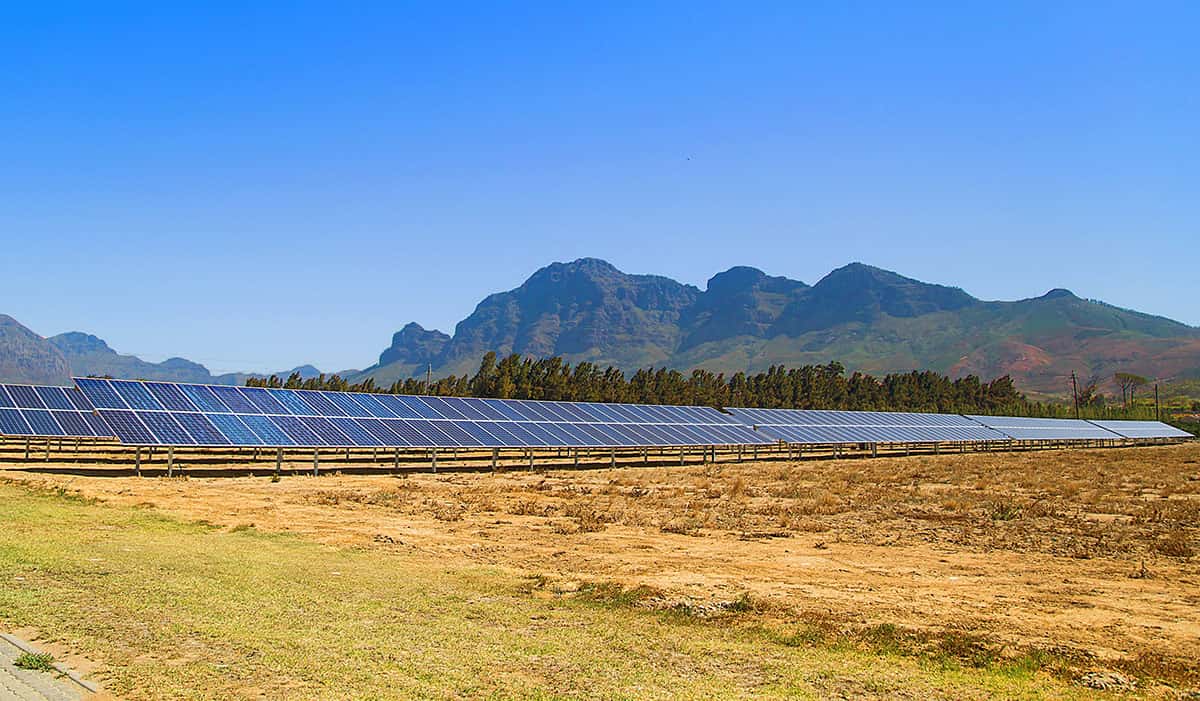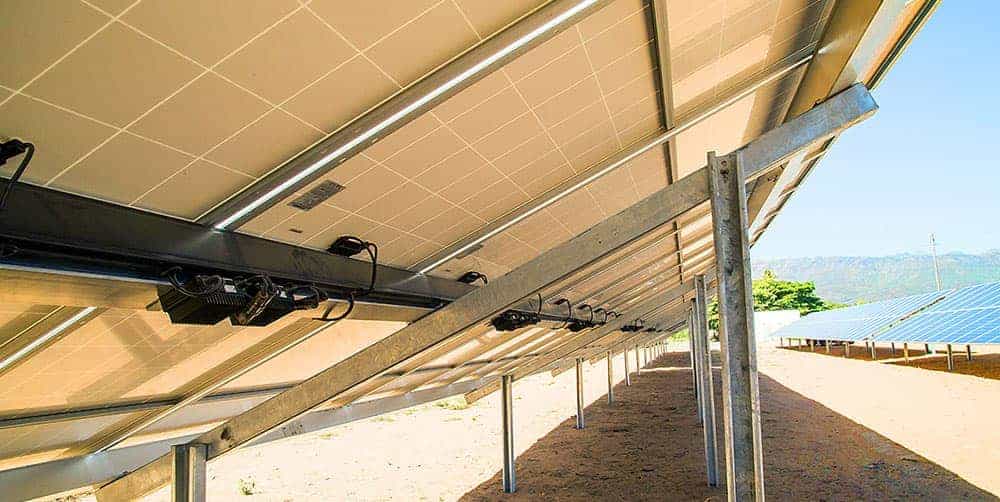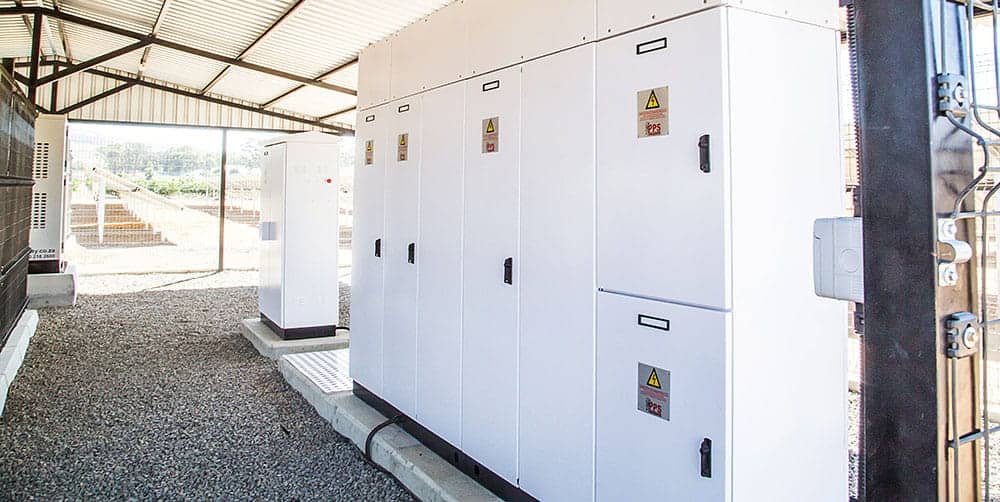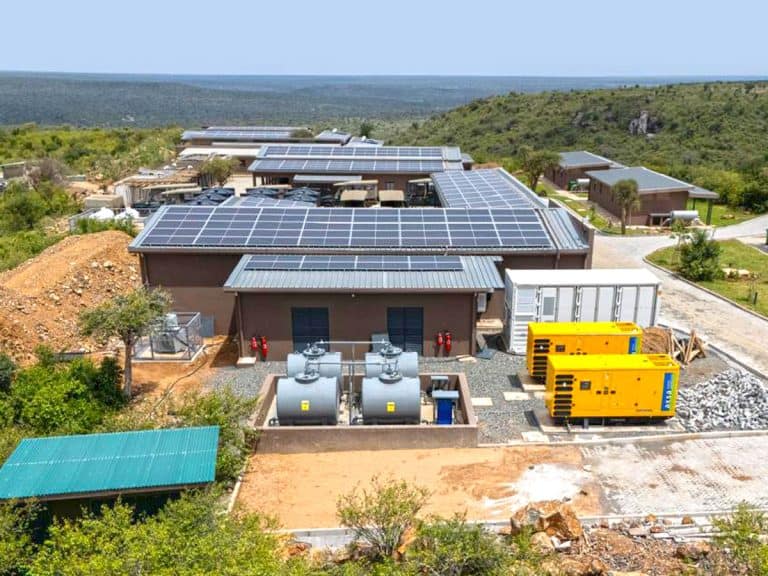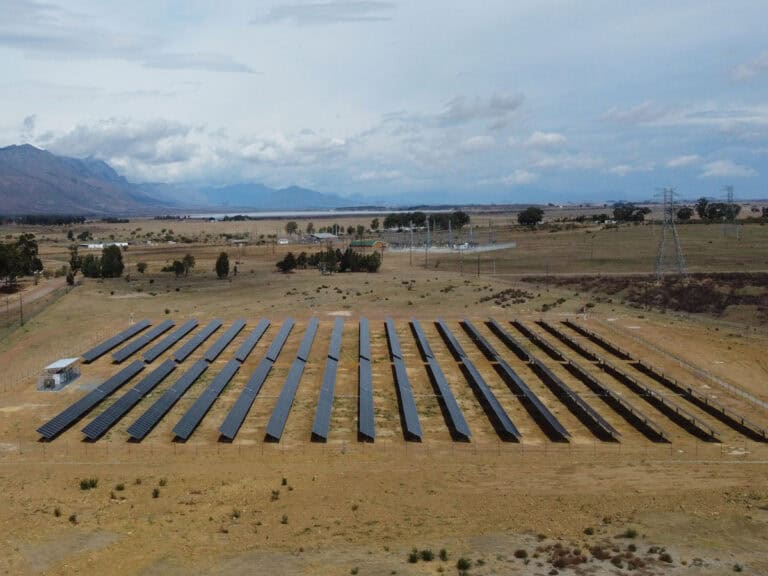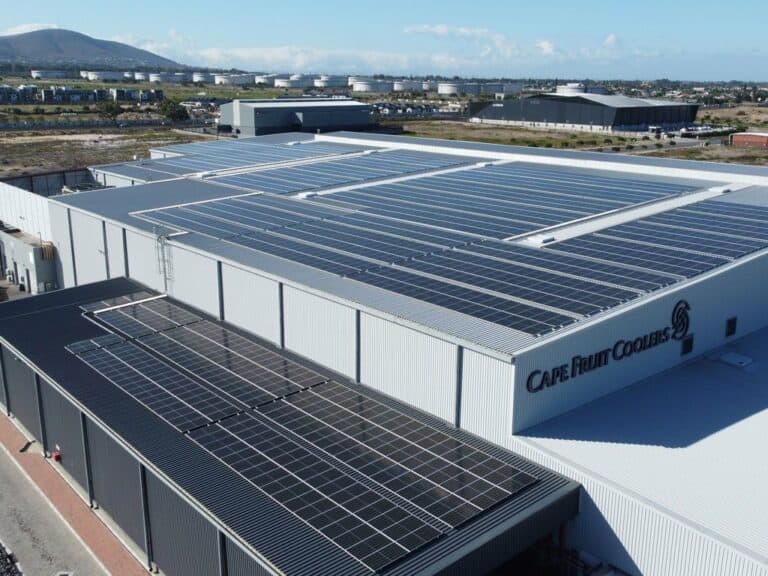What is a Solar Farm?
With the rapid growth in the solar powered industry, solar farms are becoming increasingly popular. A Solar Farm is essentially large expanses of land, and are home to large numbers of solar panels or a collection of photovoltaic (PV) panels. There is however no official number of solar panels that are needed to make up a solar farm, or solar park but they are usually an installation of multiple solar panels, generally on small pillars covering an area of ground.
Solar farms also present no negative impact to the environment which means they are an ideal solution to providing energy on a large scale for homes or businesses. This means that home owners or businesses do not necessarily need to have solar panels installed onto the actual building, or the physical roof. They can still operate under solar power energy that is generated from the solar farm nearby.
How Solar Farm operate?
Solar Farm, unlike solar panels that are placed on roofs, can be built away from shade and moved so they are always at the optimum angle to gather solar rays throughout the day and the seasons.
Depending on the size of the solar farm, whether it is needed to produce 50 kW or 50 MW or larger, will determine the size of the land required. A smaller solar farm may only require a few acres of land whereas a large scale solar farm can require hundreds of acres.
The location of the land also plays an important part in how the solar farm will operate. It does need to be close enough to power lines and electrical panels to feasibly connect to the power grid or to a centralized power source.
The power generated from solar panels are not saved to batteries. Rather, once the energy is gathered on the solar panel, it is sent through an inverter to the local electrical grid. It is estimated that for every 5MW installed, a solar farm can power over 1,500 homes annually.
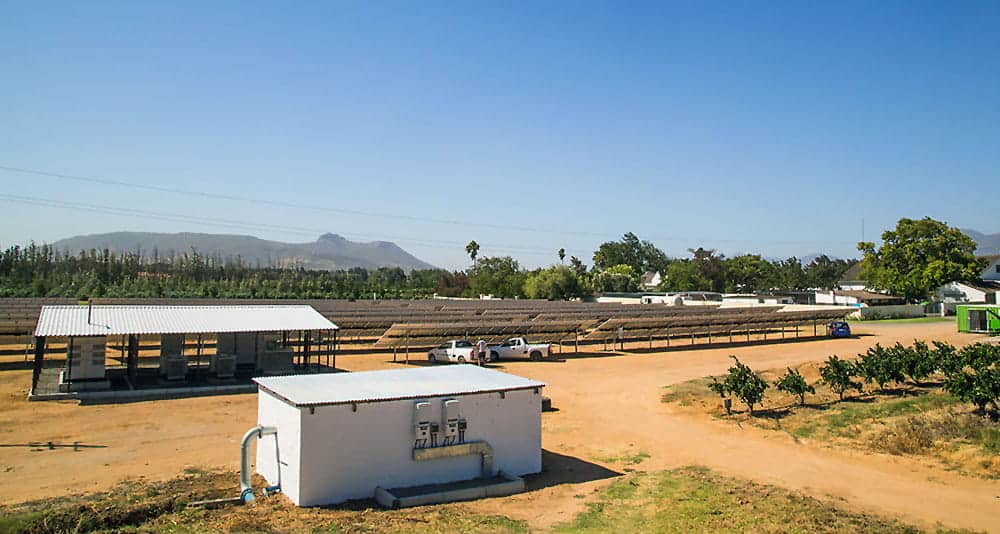
What are the benefits of solar farms?
- Solar farms are often time-limited, the land use is reversible and they provide an increased, diversified and stable source of income for landowners
- Maintenance is minimal compared to other technologies as there are no moving parts
- The farms may have animals, such as sheep, grazing between rows of solar panels, which helps support biodiversity by allowing small animals access to otherwise fenced-off land.
- Other than during manufacturing or dismantling, there is no by-product or waste.
- Solar farms have virtually no environmental impact
Solar farms also follow good practice by being sensitive to the land that is used, such as focussing on non-agricultural land or land which is of lower agricultural quality as well as protected land and nature conservation areas.
While Solar farms do indeed help fight climate change, they can also make a substantial contribution to protect a country’s biodiversity and work alongside agriculture. For this reason, solar farms far outweigh the high installation costs and offer a greater return on investment.


